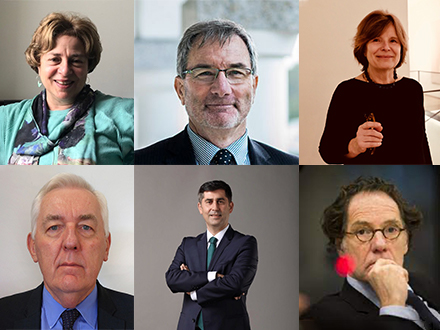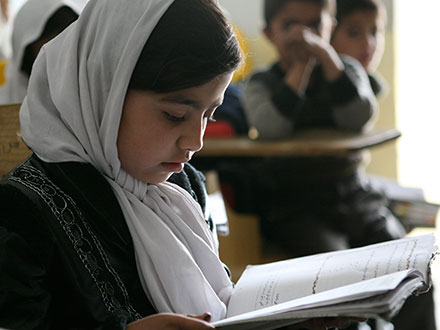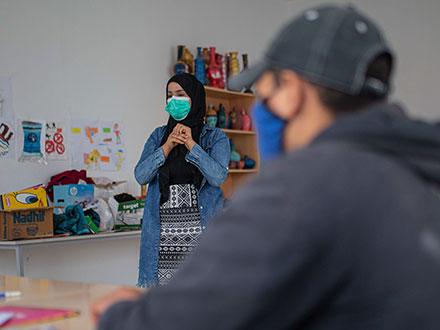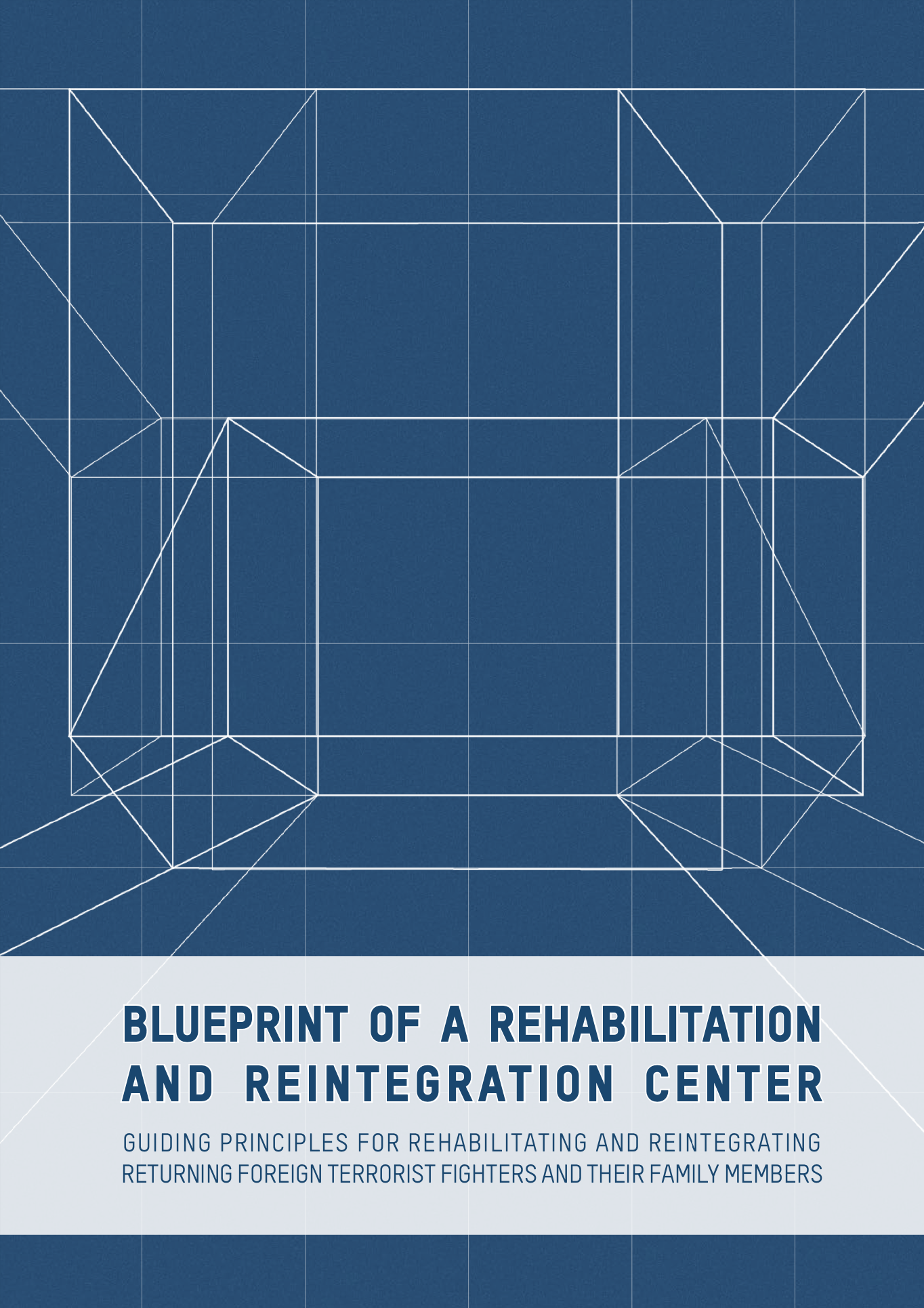Blueprint of Rehabilitation and Reintegration Center
Guiding Principles for Rehabilitating and Reintegrating Returning Foreign Terrorist Fighters and their Family Members
This document is the key outcome of a Hedayah program, funded by the Government of the United Arab Emirates (UAE), which concluded in September 2020. This program aimed to collect and share good practices and guiding principles for governments seeking to establish and operationalize a rehabilitation and reintegration center for returning Foreign Terrorist Fighters (FTFs) and their family members (hereinafter referred to as the “Center”).
As there is much existing literature which addresses returning FTFs, prison management for Violent Extremist Offenders (VEOs), the interventions needed for rehabilitation, and the means by which former VEOs may be successfully reintegrated into society, Hedayah carefully considered how to add the most value for those decision-makers contemplating the establishment of such a Center.
Therefore, the purpose of this report is to provide practical guidance to decision-makers for the creation and implementation of a Center, covering all of the key aspects, and based upon the experience of experts from many regions of the world. As such, the ideas and insights in this guide are intended to complement and expand upon the established canon of literature from experienced practitioners and experts from many reputable and distinguished organizations, both national and international.
This guide differs from previous literature in that it is designed to be a holistic reference-point for those officials and other stakeholders responsible for the establishment of such a Center. By formulating expert ideas and insights into a series of guiding principles and corresponding considerations, Hedayah hopes this document will assist the thinking and planning, and inform decision-making on the many issues that must be dealt with effectively in order to create a viable Center.
The application of this guidance, suitably contextualized, should result in a more coherent, and therefore effective, plan for the implementation of a rehabilitation center. Decision-makers can transform this guidance into an outline blueprint for the planning and implementation of their own center by providing answers to the questions raised, selecting a path when options are described, and tailoring the principles and considerations contained herein for their national context.











